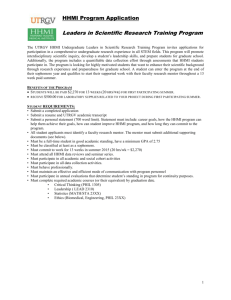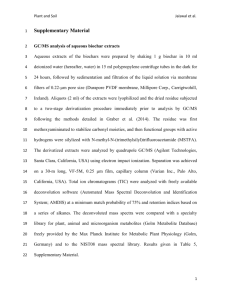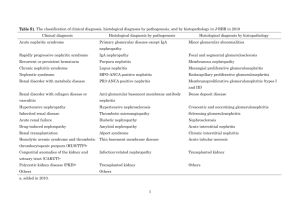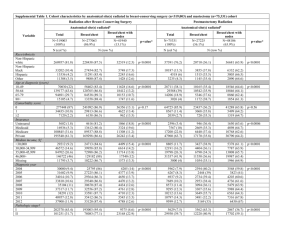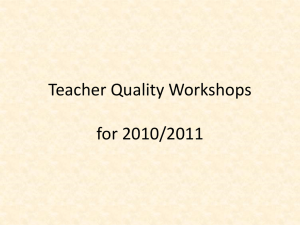Handelsman Presentation
advertisement
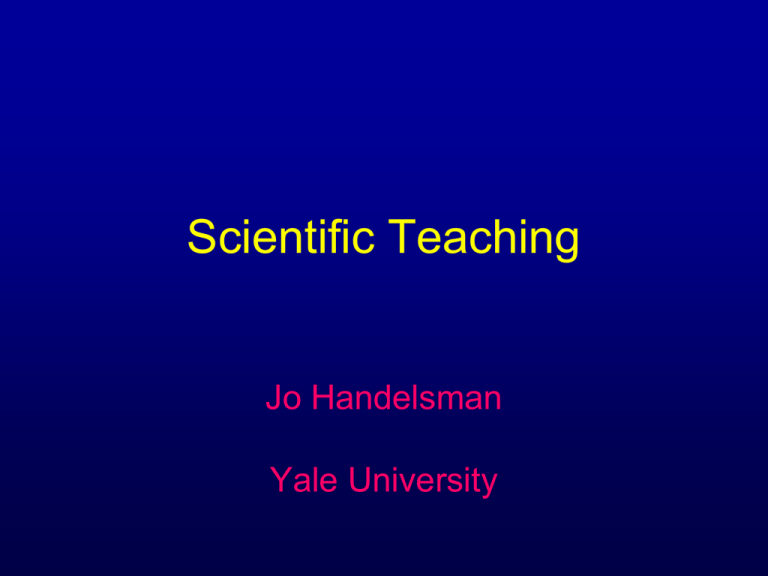
Scientific Teaching Jo Handelsman Yale University Goal of the HHMI Program for Scientific Teaching • To change the way science is taught nationwide • To increase the diversity of students in science Reasons For Change • Widespread scientific illiteracy • Inability of science students to engage in conceptual & analytical thinking • Poor retention (10-20% lecture content) • Exit of students from college science (biology majors ~60%) • Greater loss of certain ethnic minorities • Long term lack of persistence of women in academic science A Tiny World Scientific Teaching • the learning should be active • the content should capture the nature of science and the scientific endeavor • the teaching should reflect the rigor, iterative nature, and spirit of discovery of science at its best • the students should capture the strength of diversity Handelsman et al., 2004 Science 304:521-522. History of Active Learning • Plato • John Dewey – “students are not empty vessels to be filled….” • David Ausubel – constructivism – learning is a process of adjusting our models to accommodate new information – knowledge is constructed, not absorbed Scientific Teaching in Practice Active learning • Students must be engaged in the process of science Assessment • Need to determine whether methods work, not assume they will Diversity • Science depends on contributions from diverse people for creativity – so should teaching Scientific Teaching in Practice Active learning • Students must be engaged in the process of science Assessment • Need to determine whether methods work, not assume they will Diversity • Science depends on contributions from diverse people for creativity – so should teaching Active learning in the classroom Students contribute and act – Students solve problems – Student think, discuss, and question Inquiry-based learning – Students ask questions and answer them – Students engage in the process of science Assessment - Determine whether students are learning - Provide opportunities for students to assess their own learning Cooperative/group learning – Students work in groups – Teacher is facilitator Active Learning Works • Helman and Horswill, 2002 – 10% increase in exam scores • Sivan et al., 2000 – Enhanced ability to be “self-managed learners” – Enhanced critical thinking skills Cooperative Learning Works • Deutsch, M. 1949 Coop learning fosters: interdependence, achievement pressure higher productivity, more ideas • Okebukola, P.A. 1984 1,025 9th graders Cooperative mode--intellectual achievement Competitive mode--practical lab skills • Johnson, D.W. et al. 1981 -- 122 studies Cooperative = higher achievement higher order thinking • Swisher, K. and others in the 1990s Cooperative learning = higher achievement Native Americans (Navajo, Cherokee) African Americans Female Americans Figure 2. Mean change scores on spring 1993 concept test, by question. Error bars represent one standard error (*p<0.05; **p< 0.01; ***p<0.001; n.s. p> 0.05). Active Learning in Developmental Biology at U Colorado With “clickers” •Learning gains increased 9% •Increase greatest for best students •Increase greater for women than men From: “Teaching More by Lecturing Less” Jennifer K. Knight and William B. Wood Cell Biol Educ 4(4): 298-310 2005 Example of Active Learning Identify misconceptions in A Tiny World Scientific Teaching in Practice Active learning • Students must be engaged in the process of science Assessment • Need to determine whether methods work, not assume they will Diversity • Science depends on contributions from diverse people for creativity – so should teaching Human diversity leads to….. • Better academic experience (Milem, 2001) • More feasible and effective solutions to problems (Cox, 1993; McLeod, 1996) • Better, more defensible decisions (Nemeth, 1985; 1995) • More innovation in teams (Kanter, 1983) • Best teams in science and theater (Science, 2005) Cognitive and Learning Styles Cognitive style Process of thinking, perceiving, and remembering (McFadden, 1986) Cognitive and Learning Styles Cognitive style Process of thinking, perceiving, and remembering (McFadden, 1986) Learning Style Preferred way to learn (Gregorc, 1979) Behaviors associated with learning (Kocinski, 1984) Cognitive Style Assessment http://www.berghuis.co.nz/abiator/lsi/lsiframe.html http://www.ncsu.edu/felder-public/ILSpage.html Diversity in the Classroom • Accommodate diverse cognitive and learning styles with diverse methods • Examine unconscious bias to minimize its impacts HHMI Fellows Program HHMI Teaching Fellows “Scientific Teaching” Instructional Materials Develoment Mentor Undergrad Research Project Instructional Materials Development • Develop materials – “teachable unit” • Use peer review to improve • Test in classroom Teaching Fellows -- Classroom Teaching Self-reported skills and knowledge Skill Develop instructional materials Before After P-value 2.2 5.0 <0.0001 <0.0001 Reflect on teaching with rigor 2.5 5.0 Teach biology 3.4 4.9 <0.0001 Develop learning goals that reflect nature of science 2.8 5.0 <0.0001 Teaching Fellows -- Classroom Teaching Self-reported skills and knowledge Skill Before After P-value Include active learning 2.5 5.0 <0.0001 Include assessment 2.6 4.9 <0.0001 Reach diverse students 2.7 4.9 <0.0001 Create inclusive classroom 3.0 4.9 <0.0001 Evaluation of quality and quantity of presentation from PRE and POST teaching philosophies of 2006 Teaching Fellows. PRE POST Definitions of Teaching and Learning 2.2 2.7 0.015 View of the Learner 2.1 2.7 0.007 View of the Teacher 2.6 2.9 0.009 Goals & Expectations of Student-Teacher Relationship 2.2 2.6 0.029 Teaching Methods 2.1 2.5 0.048 Learning Assessment 1.6 2.1 0.057 Professional Development 1.8 1.9 0.736 Organization of the Statement 1.9 2.7 0.001 Teaching Philosophy Scoring Category PREPOST p= National Academies Summer Institute on Undergraduate Teaching in Biology • Supported by HHMI • Collaboration among NAS, HHMI, UW, and Yale • Co-directed with Bill Wood Design teachable units Learn assessment techniques Use peer review and iterative improvement process NAS Summer Institute Since 2004….. 256 faculty and staff 91 research I universities teach over 100,000 undergraduates annually numerous teaching publications significant gains in skills and confidence gains persist 1 and 2 years post SI Acknowledgments • • • • • • Jim Young Sarah Miller Chris Pfund Christine Pribbenow Adam Fagan and Jay Labov Peter Bruns Howard Hughes Medical Institute HHMI Program for Scientific Teaching Producing a new generation of scientific teachers http://www.scientificteaching.wisc.edu
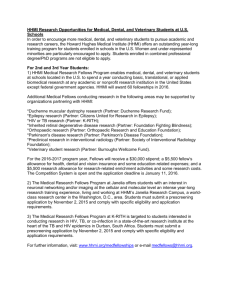
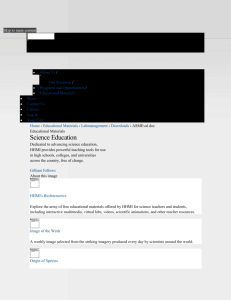


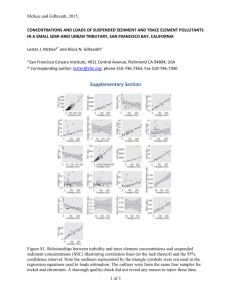
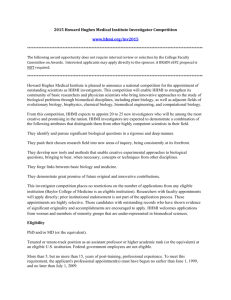
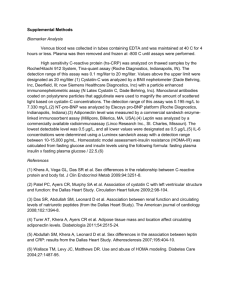
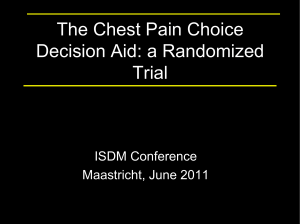
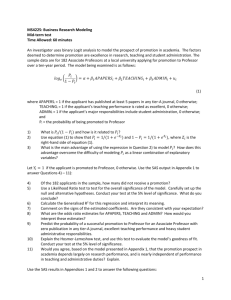

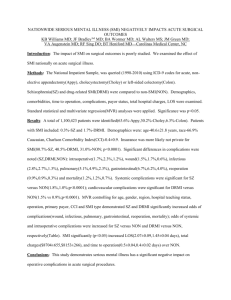
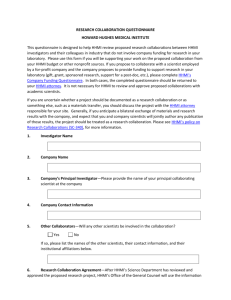
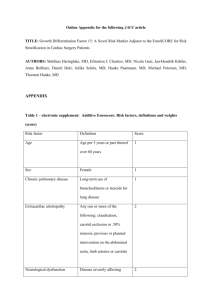
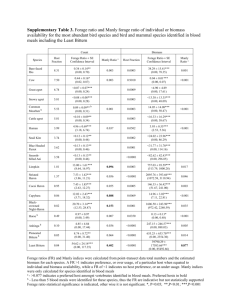
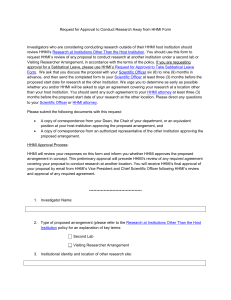
![Blair _Wormer_[NCSC_ACS_2013]](http://s3.studylib.net/store/data/005823715_1-199777ba9a38fe55b0950bba18d591a9-300x300.png)

